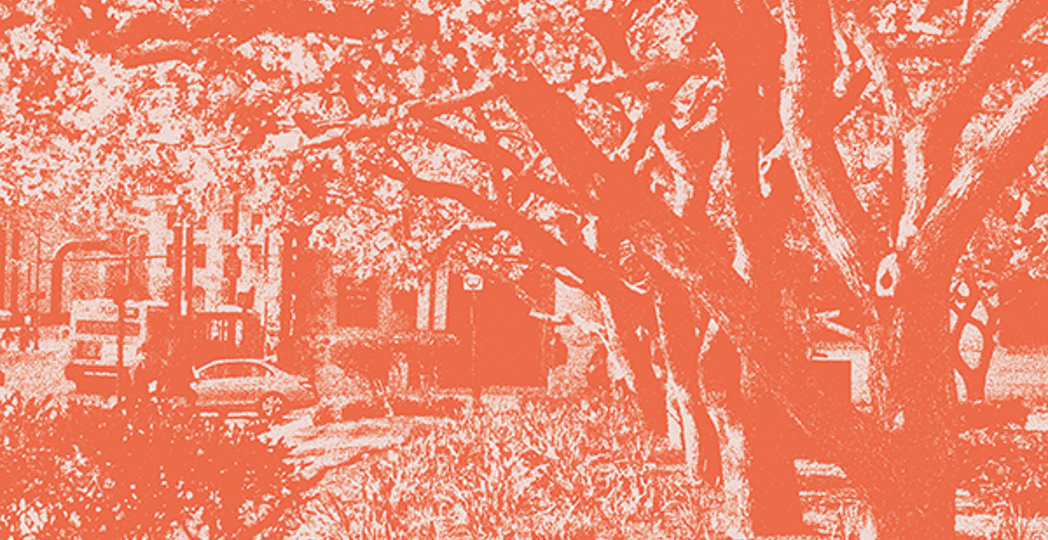What Is Tree Canopy’s Role in Cleveland's Climate Response?
by Ken Schneck | Feb. 28, 2023 | 1:00 PM

Original Photo by Chris Gent
Sandra Albro was expecting a big turnout at the 2020 Arbor Week Tree Planting event that was to be held at the Michael Zone Recreation Center in the Detroit Shoreway area.
The Cuyahoga County Urban Tree Canopy Assessment had recently been published in December 2019, revealing that the county’s tree canopy — the strata of trunks, branches and leaves that cover the ground when seen from above — coverage had shrunk by 6% between 2011 and 2017. That represented a stunning collective loss of more than 6,600 acres of trees across the county — equivalent to 5,000 football fields.
“There was a sense of urgency for people to act, and we had a lot of momentum,” says Albro, the then co-chair of the Cleveland Tree Coalition, an assemblage of more than 56 local public, private and community stakeholders such as the Western Reserve Land Conservancy and Cleveland Neighborhood Progress.
Then the pandemic hit, lockdown began and events nationwide were canceled.
The Arbor Week event that supposed to be hundreds of neighbors showing up to plant new growth morphed into a four-minute video, complete with a 7-foot-tall tree mascot.
“It was a corny, lighthearted video,” Albro laughs. “But we had to do something to underscore the importance of trees in Cleveland.”
That was the first of many pivots that tree canopy advocates have had to make in the past three years.
“The pandemic has certainly posed a lot of unexpected challenges to even the best laid plans,” says Samira Malone, the inaugural director of the Cleveland Tree Coalition, a full-time position created in 2022.
Malone says that many sources of funding were put on pause, including the second phase of a $1 million pledge earmarked to help with remediation efforts in the chief areas of tree planning, planting and maintenance.
As a result, the goal of locally planting 28,000 trees a year remains, but the reality is that right now only 3,000 to 5,000 of new growth is being installed annually.
“There still needs to be a robust amount of work with regards to planting,” Malone says.
Still, Malone explains that there is room for a great deal of tree canopy optimism, especially with an increased investment in education and awareness campaigns.
This awareness includes a plethora of new research that plainly reveals the connection between decreased tree canopy with health and social disparities, including higher rates of asthma and increased energy costs for homes in areas with lower density of tree growth.
Urban forests also play an important role in mitigating climate change. Shade reduces cooling costs and helps combat “heat islands,” a phenomenon where urban areas experience temperatures about 1-7 degrees hotter than surrounding areas. Photosynthesis also captures carbon, and the Department of Forestry believes better forestry could save the United States nearly $2 billion a year.
“There is a direct connection between trees and people’s everyday survivability,” Malone says.
Looking ahead, tree advocates expect that designated tree canopy funds from the national Inflation Reduction Act of 2022 will soon make their way to Cleveland, resulting in a dramatic increase in both new planting as well as preservation of the current tree canopy.
The hope is that access to trees will move from a scenic privilege enjoyed by a fraction of Clevelanders, to a basic right for all.
“Clevelanders have an inalienable human right to have access to nature, even in this urban ecosystem,” Malone says. “Trees canopy provides a clear path forward to that right.”
Is Cleveland the climate safe haven we think it is? We answer that and other burning questions about Northeast Ohio's environment and climate response.









